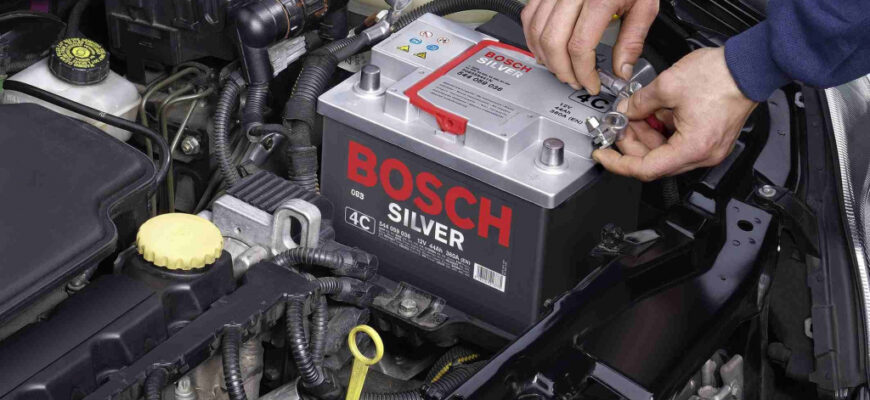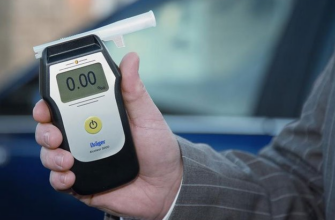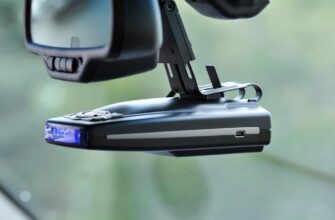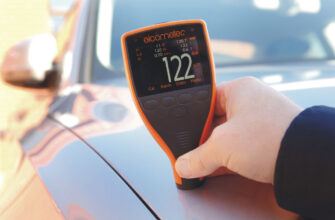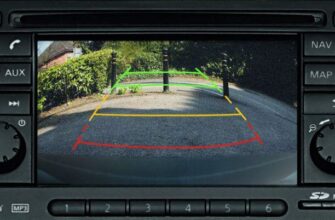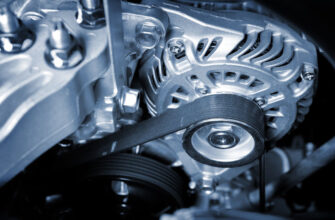The storage battery is one of the most important components in the structure of a modern car, without which its full functioning is impossible. It is used both to start the engine and to power auxiliary equipment and various electronic units with which the car is equipped, and their performance directly depends on how high-quality the battery is, how it shows itself in extreme operating conditions and how well it is able to hold a charge .
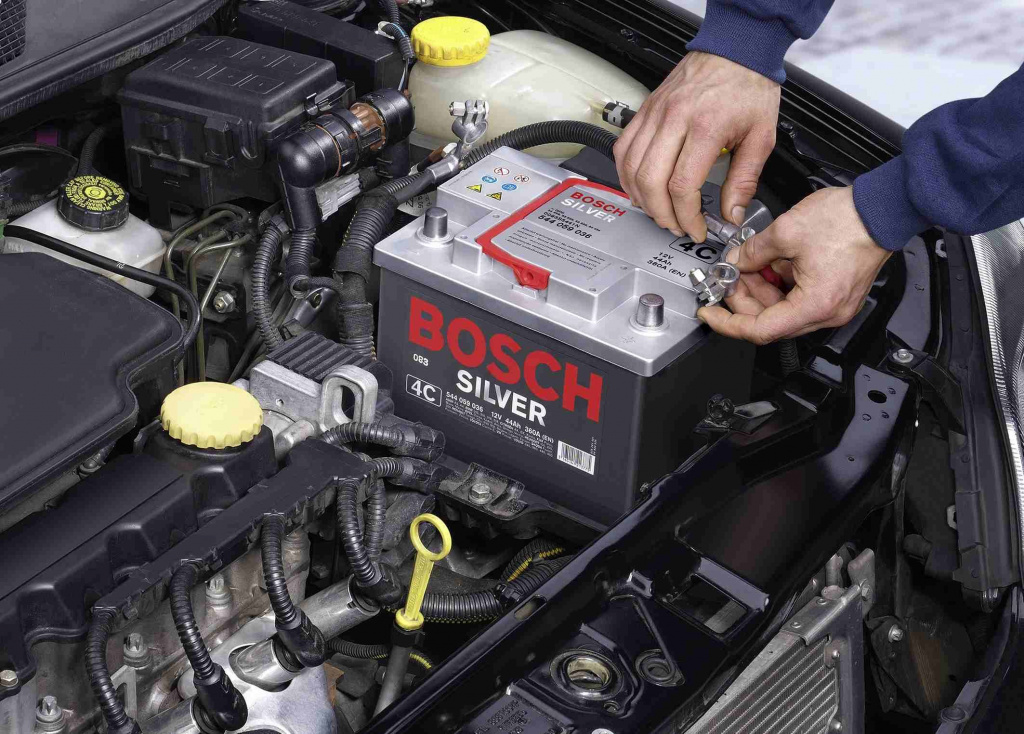
!
We recommend reading an article from an expert on choosing a quality car battery charger.
- Top battery manufacturers
- How the battery works
- Types of rechargeable batteries on sale
- Classic serviceable batteries
- disadvantages
- Low antimony batteries
- disadvantages
- Calcium Batteries
- disadvantages
- Batteries AGM and GEL
- disadvantages
- EFB Batteries
- disadvantages
- Battery selection options
- Geometric dimensions of the battery and the location of the terminals
- Battery rated power
- Starting current
Top battery manufacturers
In order for the battery to serve the period declared by the manufacturer and fail at the most inopportune moment, preference should be given to the products of world famous concerns:
-
Bosch;
-
Varta;
-
Baren;
-
Topla;
-
Exide;
The products of these concerns are sold in the largest retail chains, and are also supplied by many manufacturers to the conveyor. Having chosen a specific model from the catalogs of a particular company, you need to familiarize yourself with customer reviews, which relate to performance and technical nuances, as well as strengths and weaknesses. You can find them on the Internet, on thematic platforms and in social networks.
How the battery works
A car battery is a source of electricity generated by a chemical reaction of plates made of lead placed in an electrolyte, which is almost always sulfuric acid. A side element of the reaction is sulfates released by the plates, which lead to a decrease in the density of the electrolyte and natural aging of the battery as a result.
Types of rechargeable batteries on sale
Under the general name, there is a great many different models that differ in the principle of operation and, accordingly, in their characteristics. The following classes of batteries are distinguished.
Classic serviceable batteries

Equipped with six banks, each of which provides 2 volts of voltage. Antimony lead is used as a material for making the plates. The top battery cover has six covers for the ability to measure the density of the electrolyte and replace it if necessary.
Advantages
-
Inexpensive;
-
Long term of work with correct operation;
-
Allow electrolyte replacement if necessary;
disadvantages
-
Give off gases during operation;
-
Sulfuric acid is used as an electrolyte;
Low antimony batteries
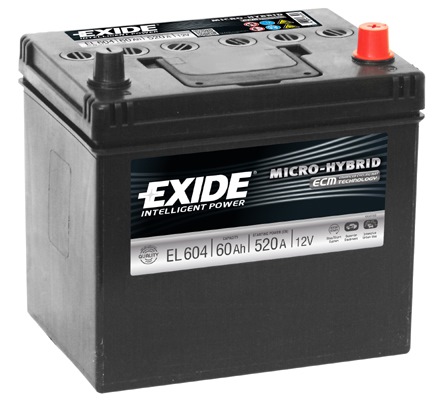
In the manufacture of the plates of such a battery, special lead with a minimum antimony content is used, which made it possible to increase the service life and performance characteristics, as well as reduce the frequency of monitoring and maintenance.
Advantages
-
Small self-discharge;
-
Inexpensive;
-
Stability to voltage drops in the on-board network;
-
Low maintenance frequency;
disadvantages
-
Not suitable for modern cars with a large number of electronic components;
-
Noxious fumes are still present;
Calcium Batteries

They belong to the class of unattended – when the resource is used up, they are to be disposed of. They are characterized by low self-discharge and increased service life. Evaporation of water from the electrolyte during operation is at a minimum level.
Advantages
-
High efficiency;
-
Extended service life;
-
The water practically does not evaporate;
-
Minimum self-discharge;
disadvantages
-
When the resource is developed, they must be disposed of;
-
Charging requires a voltage of about 15-16 volts;
-
Are afraid of full discharge;
Batteries AGM and GEL
A gel-like polymer mass impregnated with electrolyte is used as a working substance. During a chemical reaction, the evolved carbon and hydrogen are filtered using a gel, due to which evaporation is practically absent, and the efficiency and resource are increased.
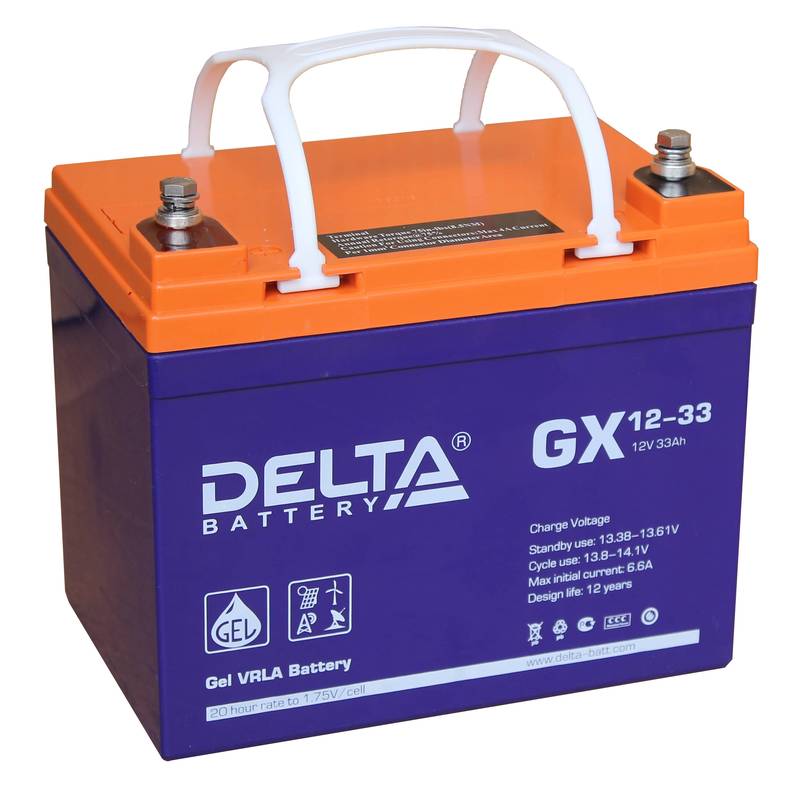
Advantages
-
High efficiency;
-
Great for vehicles with a lot of auxiliary equipment;
-
No evaporation;
-
Self-discharge is almost completely absent;
-
Increased resource;
disadvantages
-
Expensive;
-
They are afraid of excessively low freezing temperatures;
EFB Batteries
Batteries similar in design to the above-described batteries, differing from them in the significant thickness of the plates placed in a special gel composition. Thanks to this design, the minimum charging time is achieved and the resource is significantly increased.
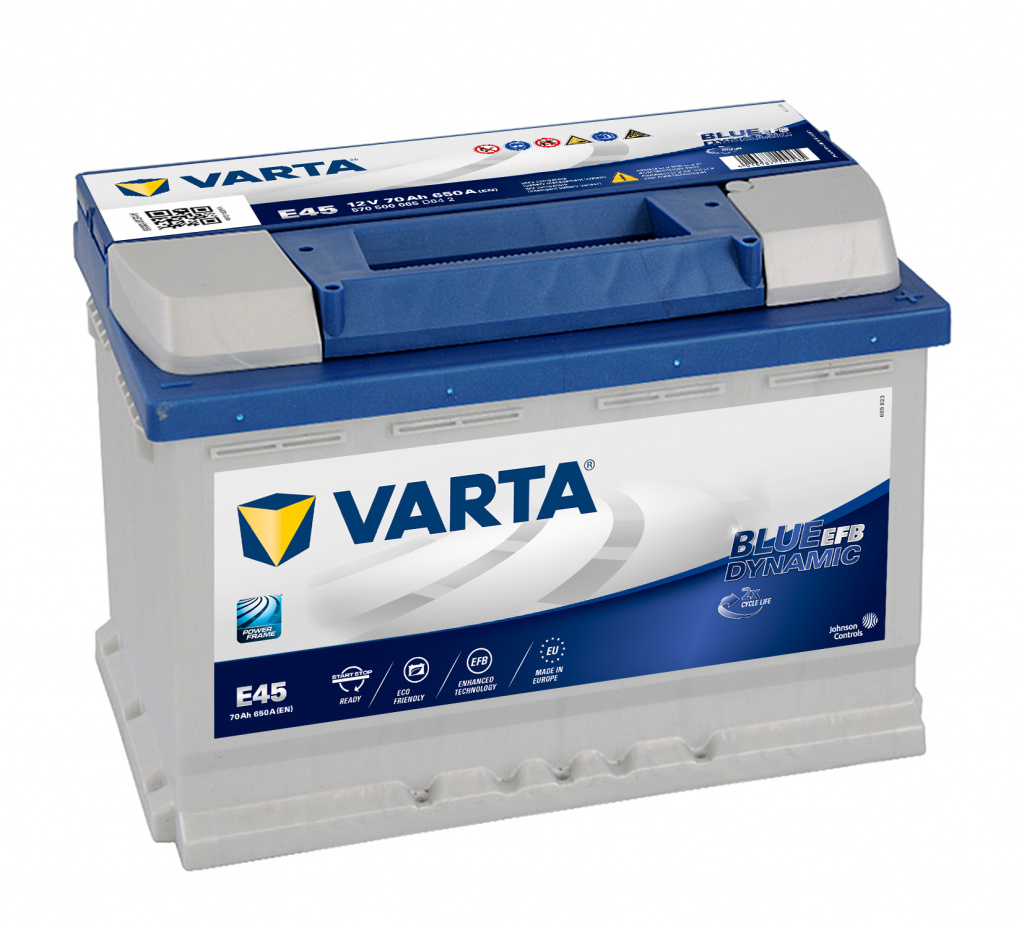
Advantages
-
Charges quickly;
-
Significant starting current;
-
Operational temperature range from -50 to +50;
-
Minimum fire hazard;
-
Long service life;
disadvantages
-
High price;
-
Are afraid of deep discharge;
Battery selection options
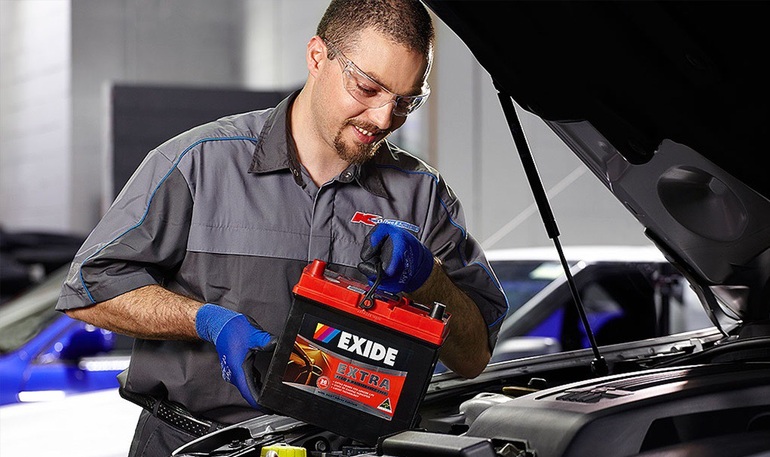
Besides the type of device, there are many criteria that need to be considered.
Geometric dimensions of the battery and the location of the terminals
-
The battery installed on the car must fit the seat and can be installed in a standard slot in the car. It should be remembered that the higher the capacity, the larger the geometric dimensions of the battery;
-
The location of the battery terminals must correspond to that of the battery installed in the vehicle. Some manufacturers deliberately swap the positive and negative terminals, as a result of which the length of the wires is not enough for the correct installation of the battery;
-
It should be remembered that many cars involve installing a battery in the trunk, where a special niche is allocated for it, and therefore a battery, the size of which is larger than the parameters of the compartment, simply will not fit.
Battery rated power
A parameter that reflects the amount of electricity consumed during 20 hours by a fully charged vehicle battery.
-
Most gasoline-fueled passenger cars require a 40 to 80 amp-hour battery;
-
Diesel cars require an increased capacity battery for correct operation – from 80 to 120 ampere-hours;
-
Heavy fuel trucks with large engine displacement require a powerful battery with a capacity of up to 150-200 Ah;
-
It is not recommended to exceed the power recommended by the manufacturer. To charge a larger battery, the generator will operate in peak mode, but the battery will not be able to fully charge. As a result of undercharging, its resource will be significantly reduced.
Starting current
A parameter that directly affects the ability of the battery to rotate the crankshaft. Reflects the peak current that the battery can generate at -20 degrees for 10 seconds.
-
Small cars do not require a lot of current. 300-350 Amperes is enough for them;
-
Passenger cars with 3-4 liter engines require the installation of a battery with a starting current of 400-600 Amperes;
-
Diesel cars require a more powerful battery. Batteries with a capacity of 750-850 amperes are sufficient in most cases;
-
Trucks for a full start may require a battery with a starting current of 1000-1200 amperes.
Attention! This material is the subjective opinion of the authors of the project and is not a purchase guide.

